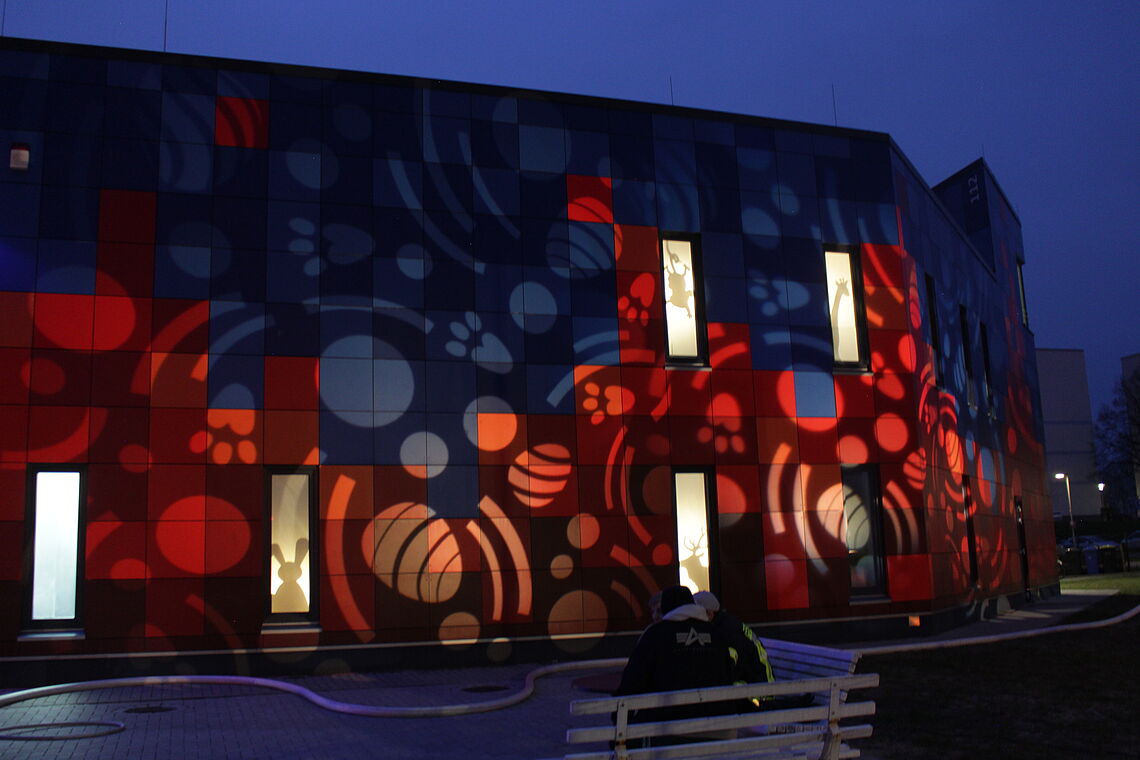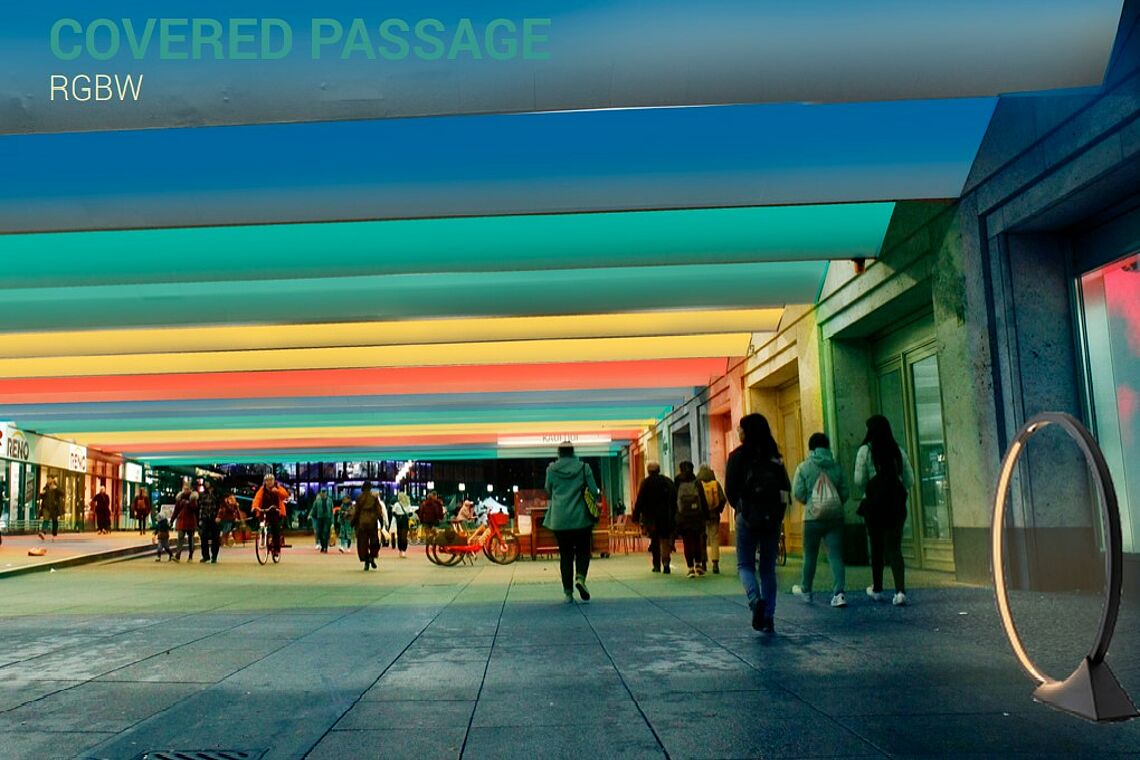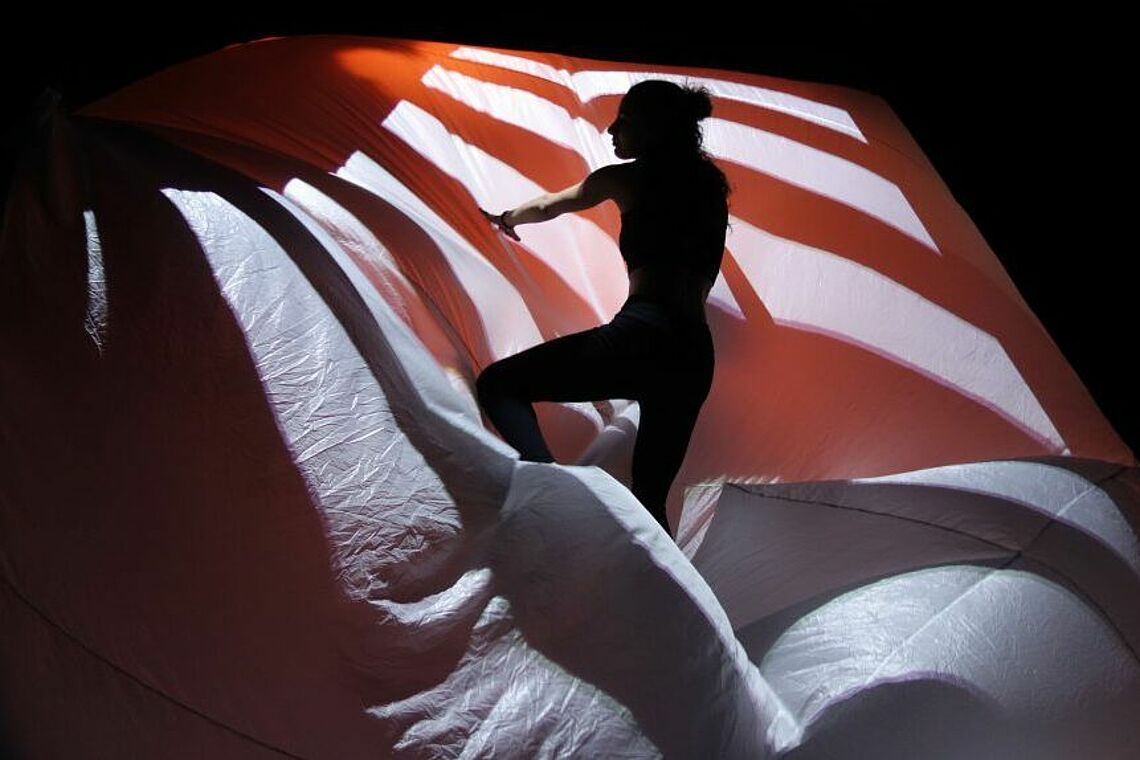The two-year Master's degree program Architectural Lighting Design is an international course taught in English. Students attend lectures and receive practical training regarding the application of daylight and artificial lighting into architecture. Particular emphasis will be put on the interrelation of man, light, and space. Light is considered an integral part of the holistic concept of architecture.
In addition to the basics of architectural lighting design, health issues will also be addressed. Light in relation to health and wellness, which are priorities in the current curriculum, are important topics for the future and need further understanding and research.
The international Master‘s Degree Course in Architectural Lighting Design aims at viewing lighting design together with architecture as a whole. This implies creative as well as technical aspects of light. The main area is, apart from the preoccupation with daylight, artificial lighting in interior and outside environments.
A qualified lighting designer as described has acquired skills in the fields of electrical engineering, air-conditioning, architecture, and interior design. He has got expert knowledge of the medium light in all its facets and can put it to work in creative design.
In connection with architecture light must not only interprete physical and technical realities of a building but also the functional and human aspects of the relevant spaces. Also in lighting design it is true that only the interaction of form and function will result in a well-balanced arrangement. In contrast to the theatre, architecture is always a usable and verifiable reality to be experienced with all five senses. This explains the necessity of a specialized education in the field of architectural lighting. In a holistic view of buildings and light, the lighting designer is not only occupied with physical guidelines for appropriate light characteristics but also incorporates demands that are vital for the well-being and the individual perception of people.
Lighting Design and Technology 1:
- Typology of Buildings relevant for Lighting
- Visualization
- Computer Aided Design
- Electrical Lighting Systems
- Product Design
- Planning with CAD
Lighting and Sustainable Building 1:
- Air-conditioning Technology
- Automatization of Buildings
Design Project 2:
- Practical Theory of Design
Lighting and Economics:
- Economical Aspects of Lighting Design and Office Organization
Objective of the course is a comprehensive preparation for the Architectural Lighting Design. This qualification opens up a wide field of career prospects: as a professional freelance lighting designer, as an employee in a lighting design office, or as a specialist in the field of lighting design in an architect‘s office or an electrical planning office.
Lighting designers are working as consultants in the planning of artificial lighting of interior and, more and more, outside spaces as well as in the improvement of daylight use. Often, they are entrusted directly with the planning in the field of lighting design. Other fields of work are in the illumination industry, in business, and in the construction of exhibition stands.
Besides the focus on the development of creative solutions and their technical realization which are based on previous knowledge of former studies, lighting technology design methods as well as computer-aided simulations of lighting environments are emphasised. Prospects of employment are estimated by experts to be quite favourable. Due to this professional field still expanding a high standard of flexibility is required including the chance to work abroad.
Academic Degree
Master of Arts (M.A.)
Faculty
Design
Campus / Distance learning
Studies on campus
Normal period
4 semester
Start of studies
to the winter semester
Place of study
Wismar
Classroom Languages
english
Accreditation
This course has an accreditation
- First professional degree, such as "Bachelor of Arts", "Bachelor of Science", "Diplom-Ingenieur (FH)" or "Diplom-Ingenieur", with an overall grade of at least 2.5 or better in a design programme at a national or international university.
Special admission requirements:
- The request for admission must be accompanied by a written application and a portfolio.
- Knowledge of the English language must be demonstrated by means of a certificate (e.g. TOEFL).
- Admission is based on a selection process.
- Application deadline: 1 May of the current year.
Details on admission can be found in the corresponding regulations.







